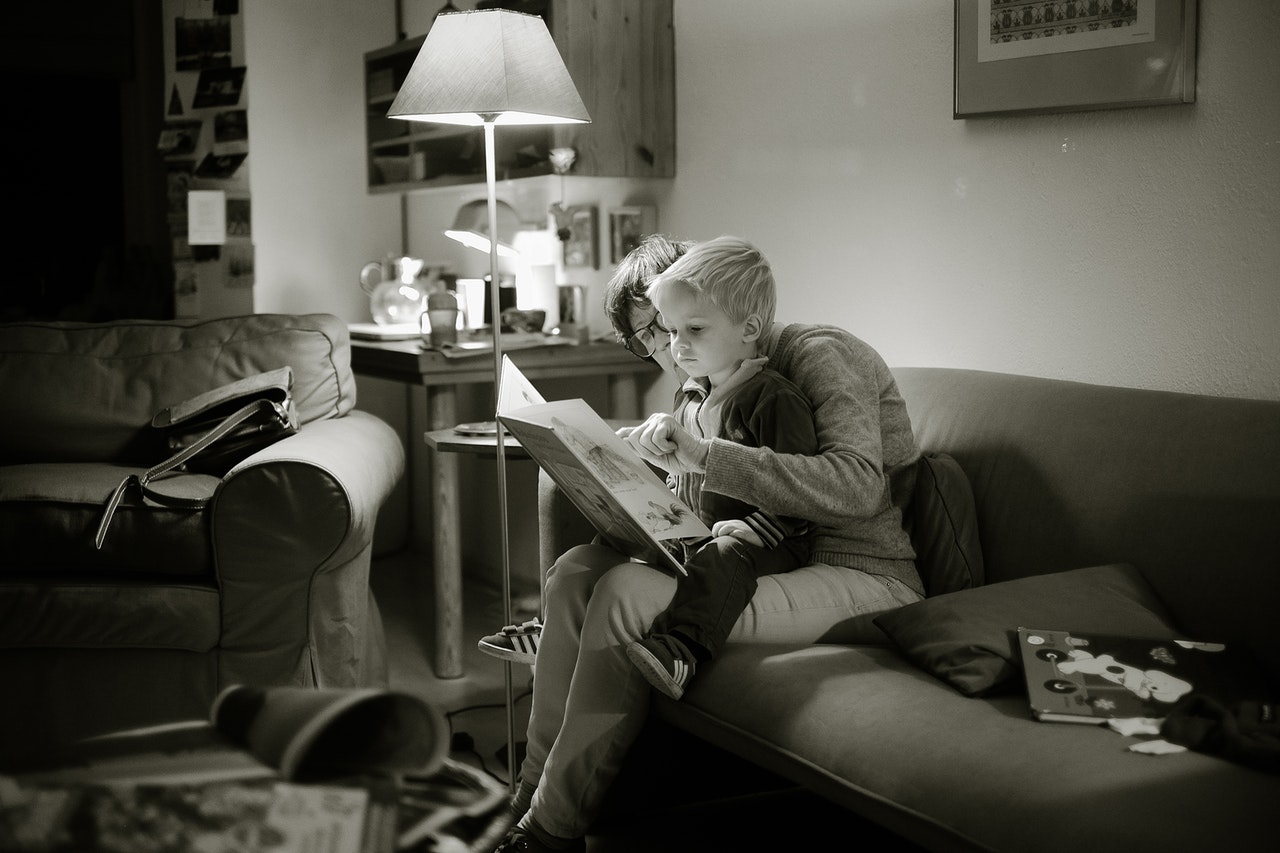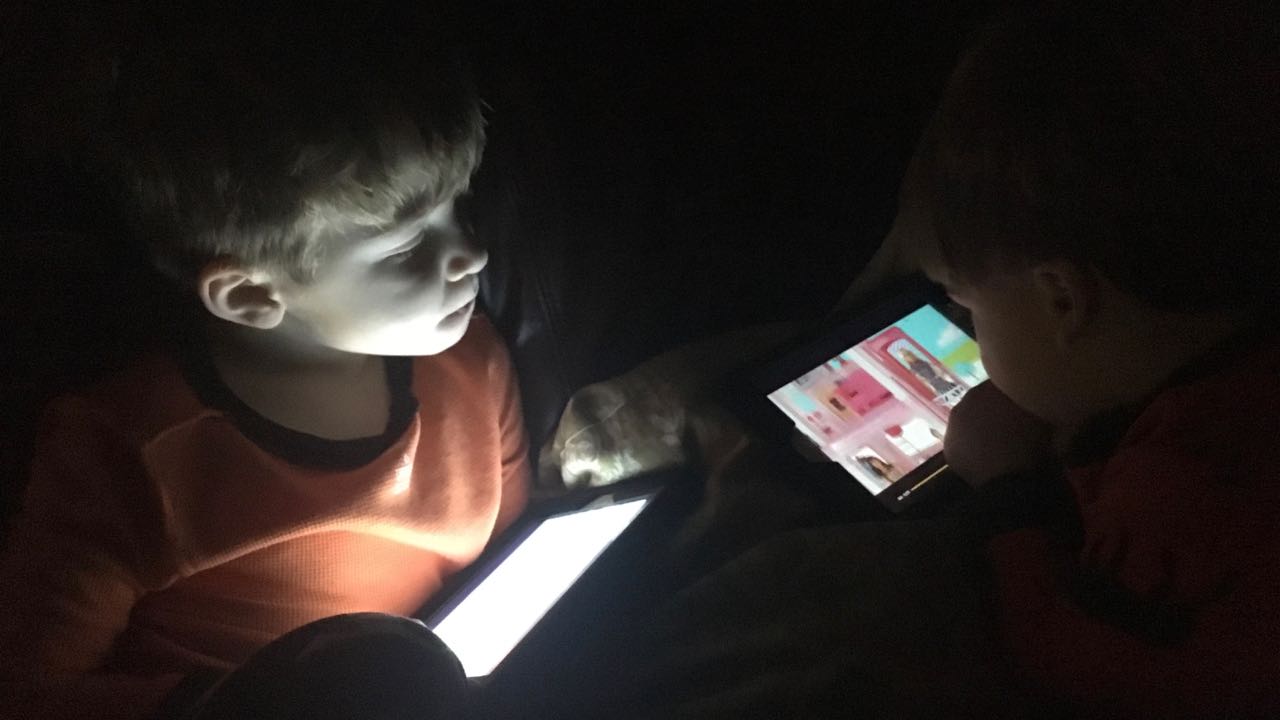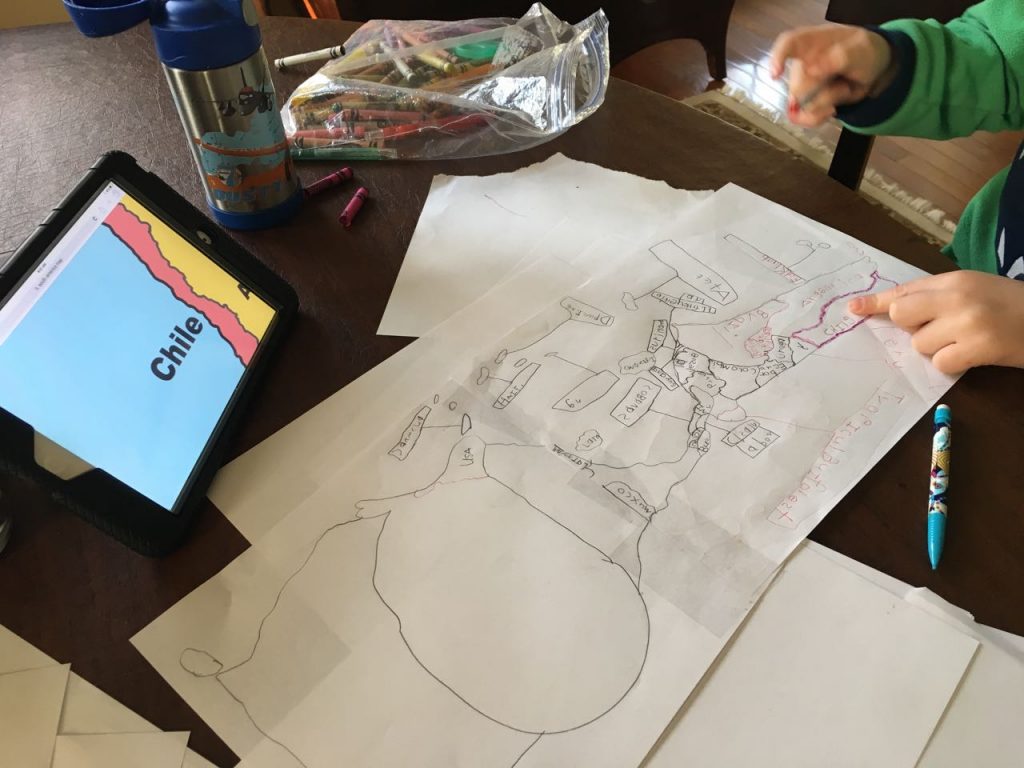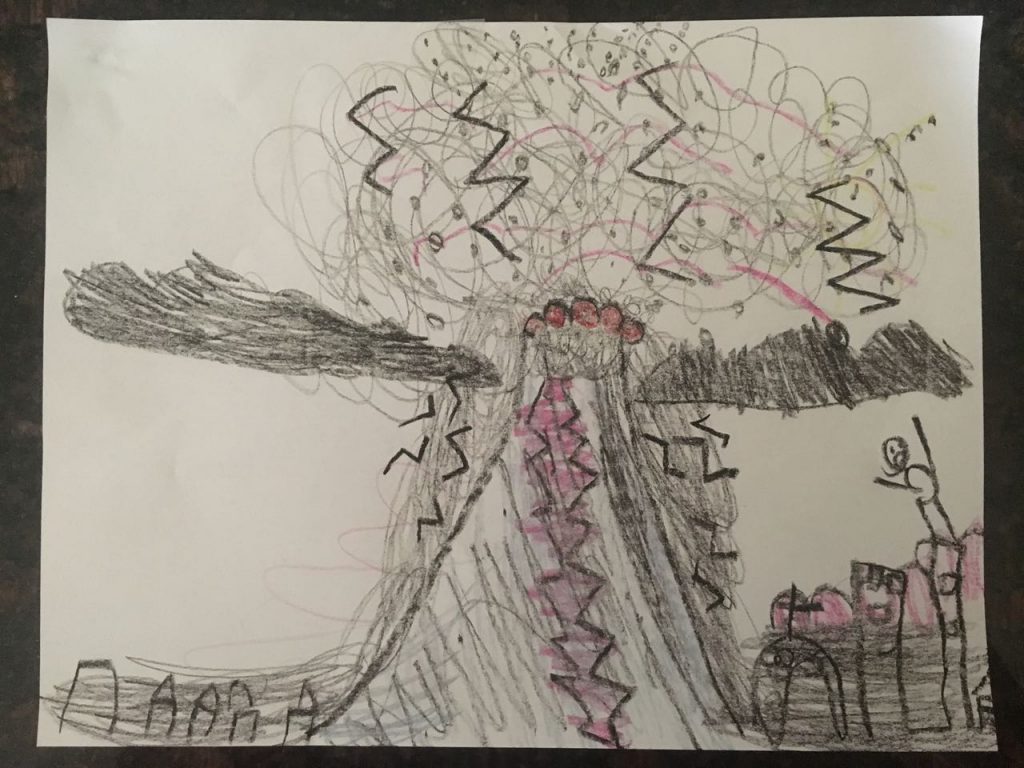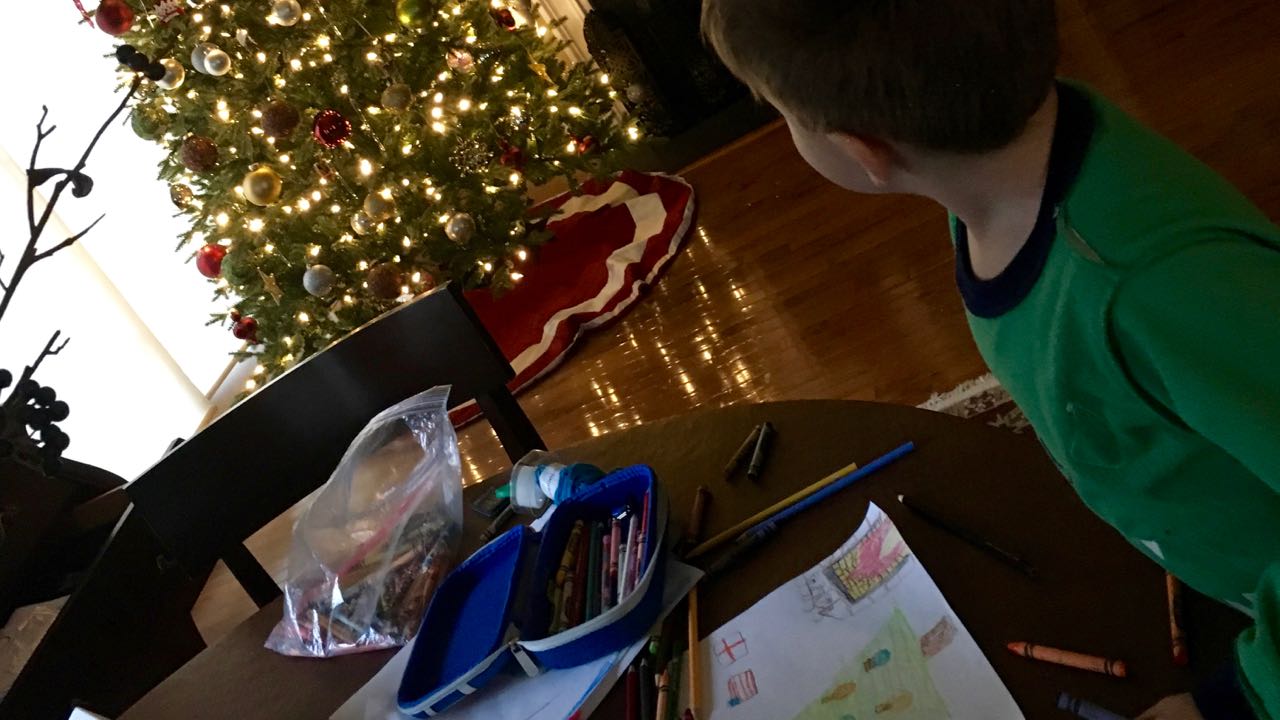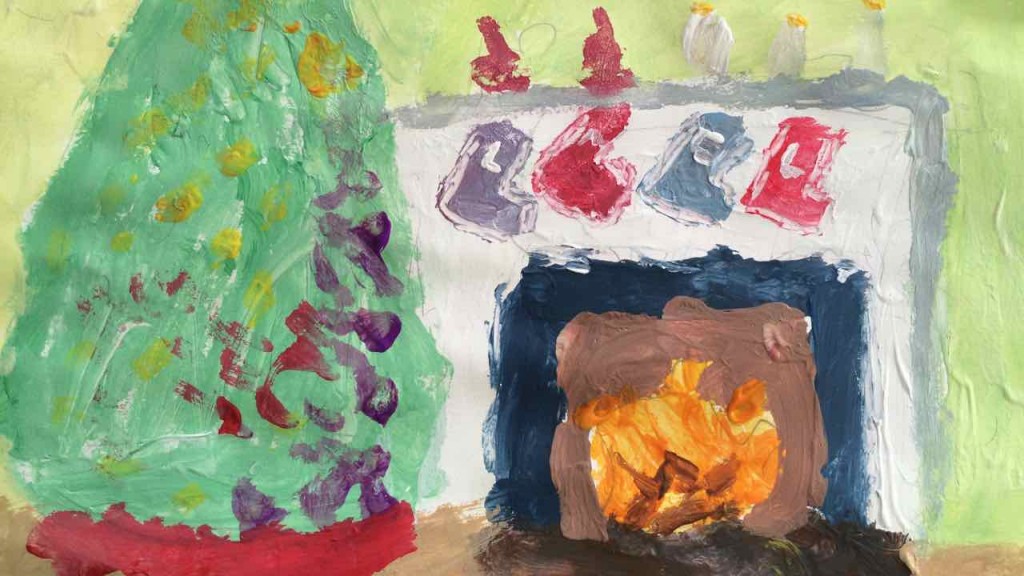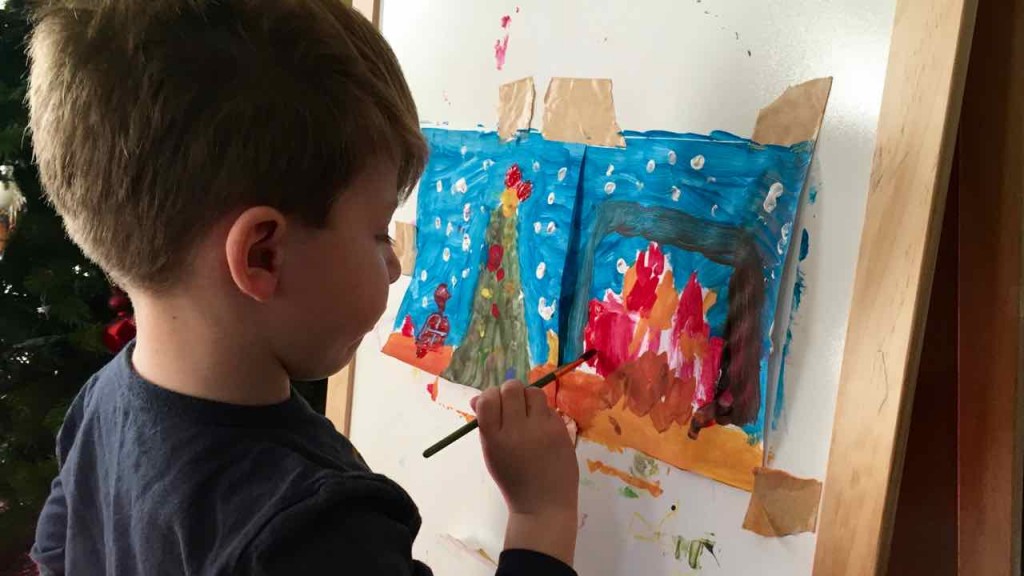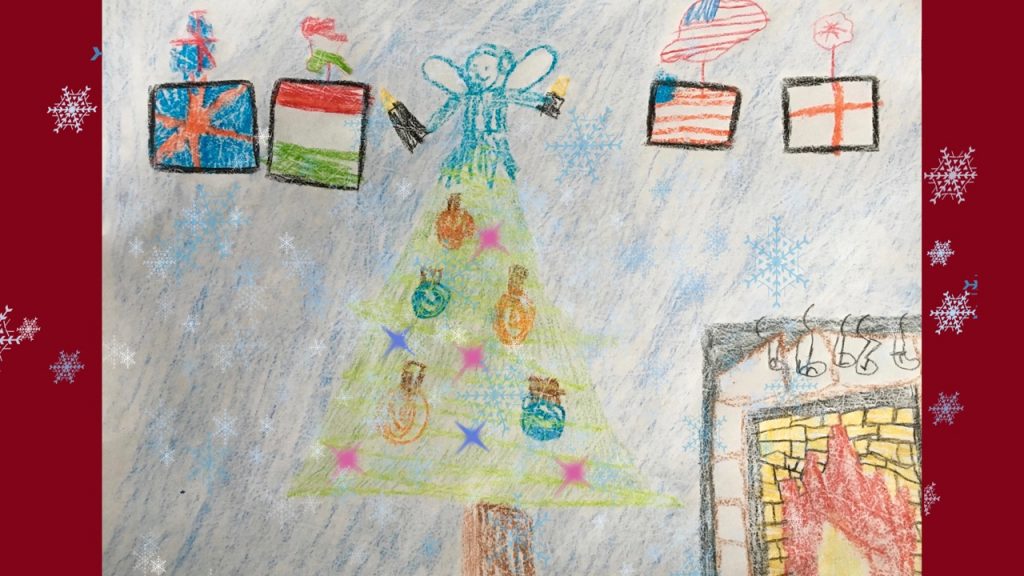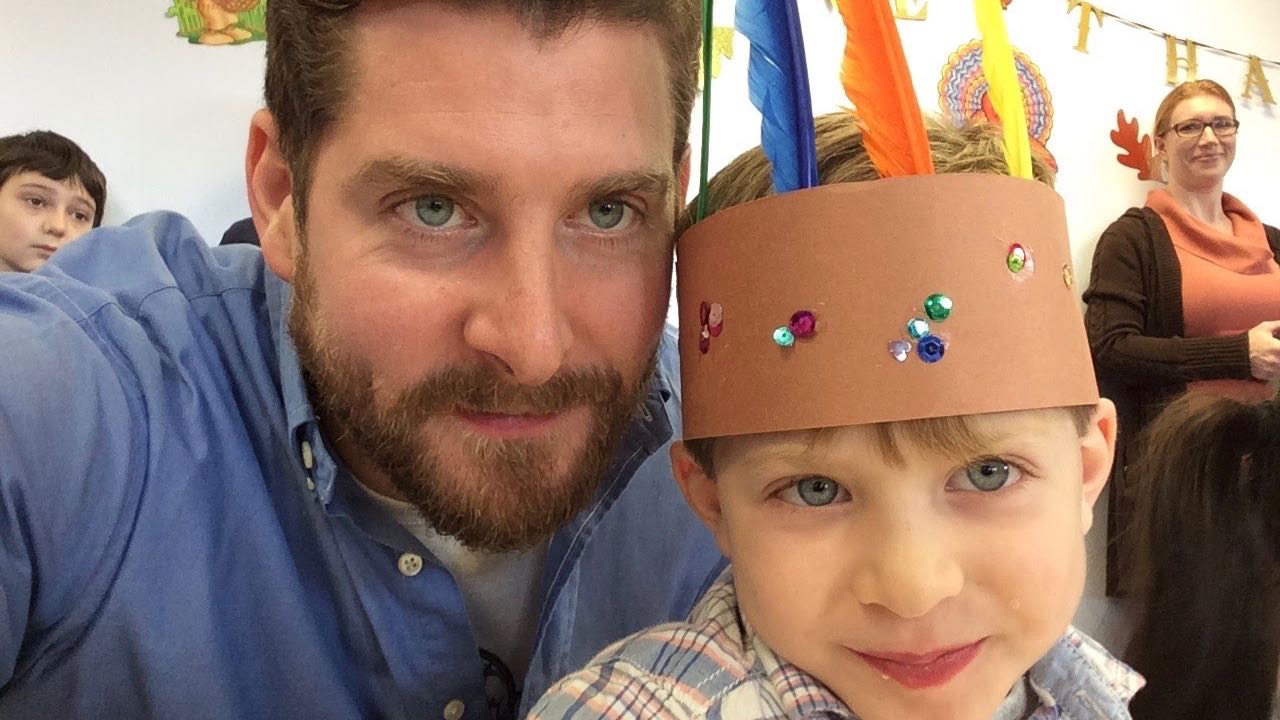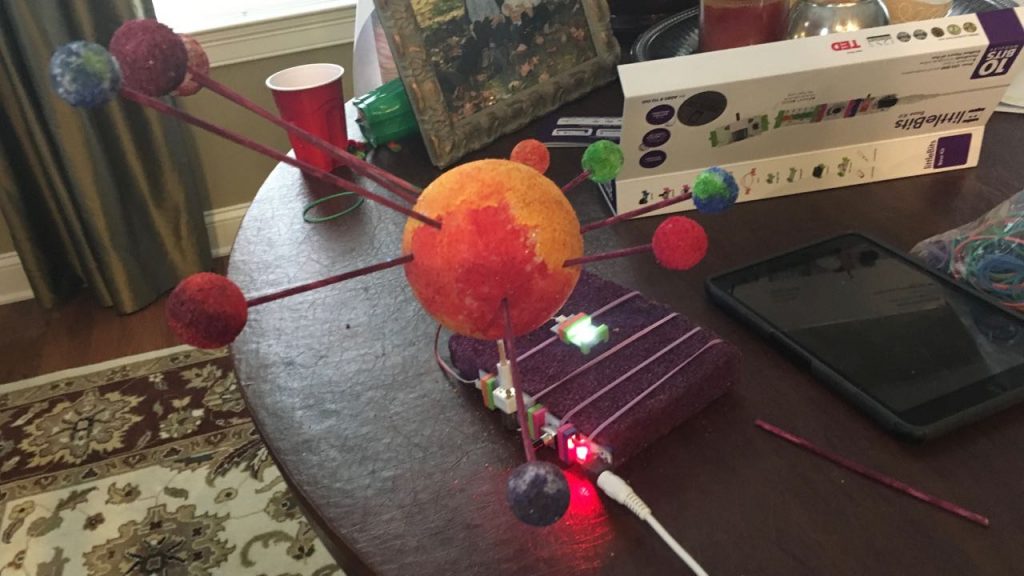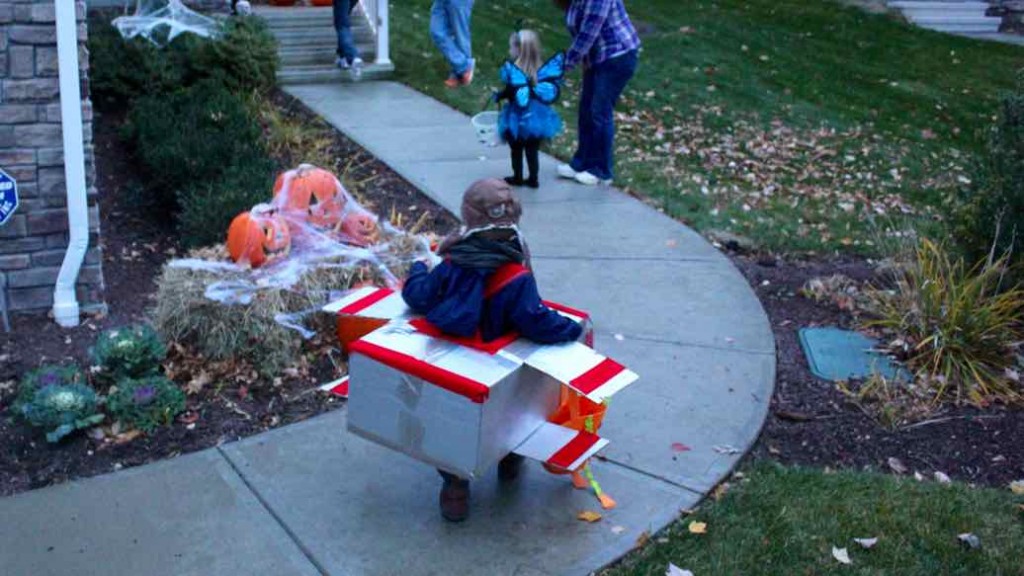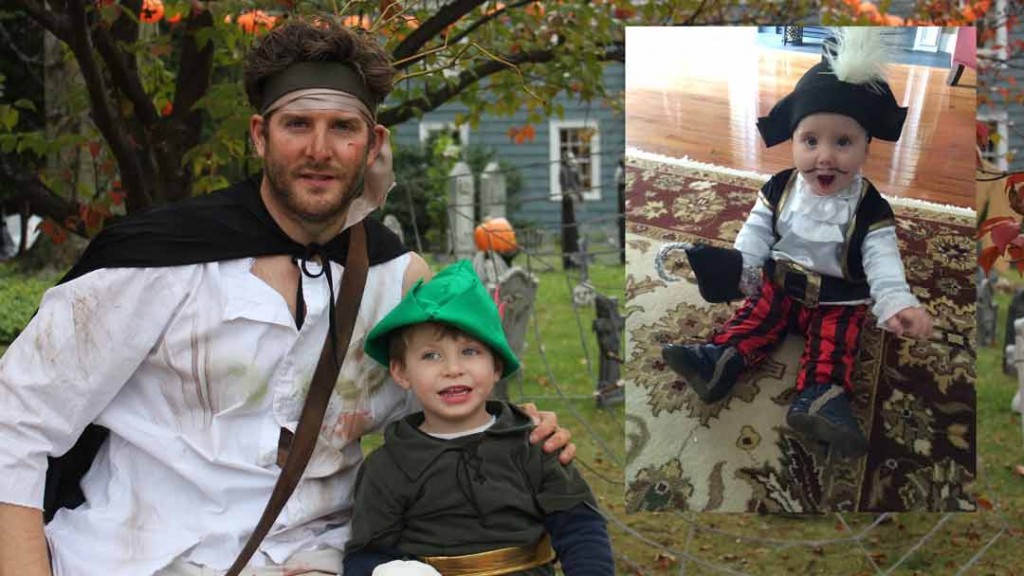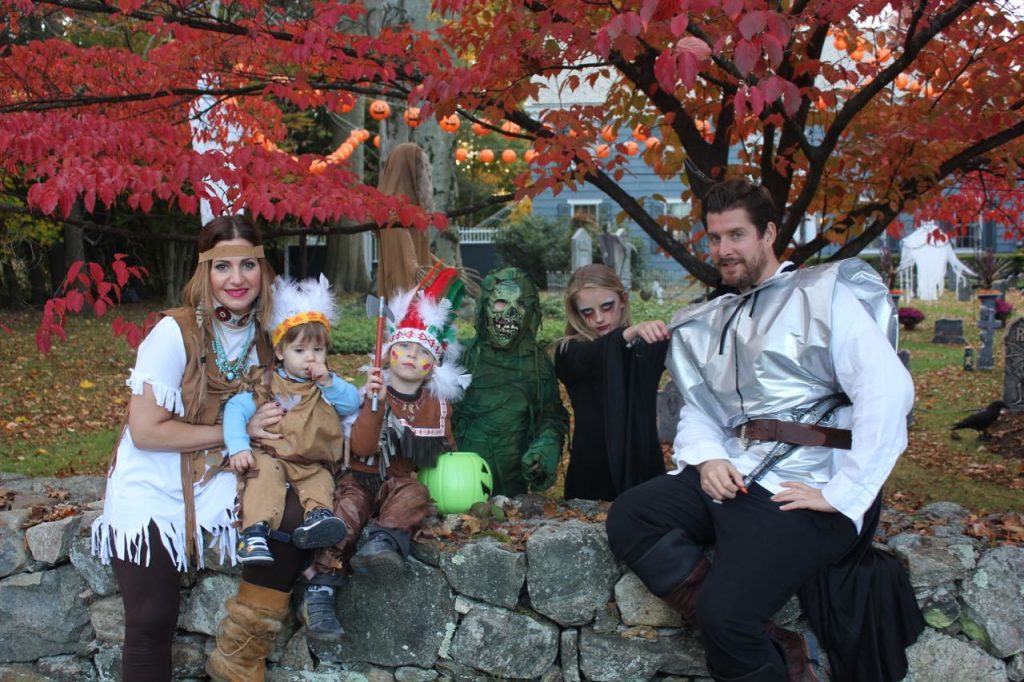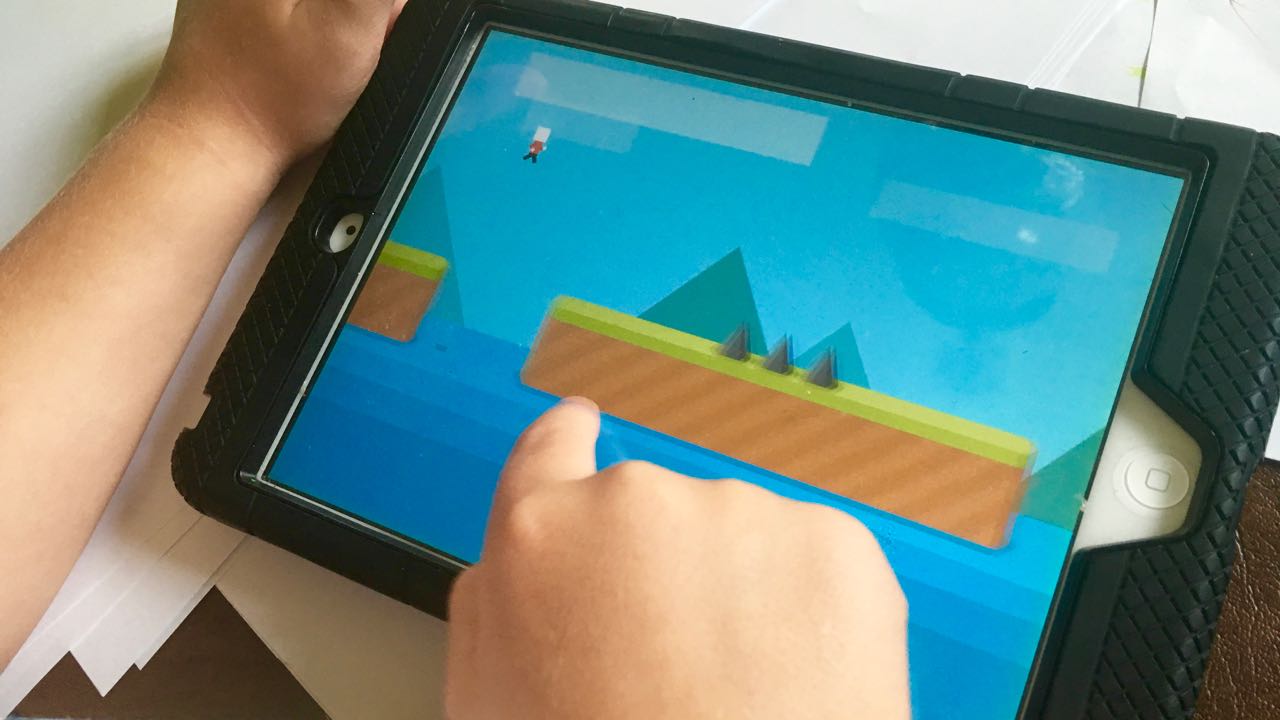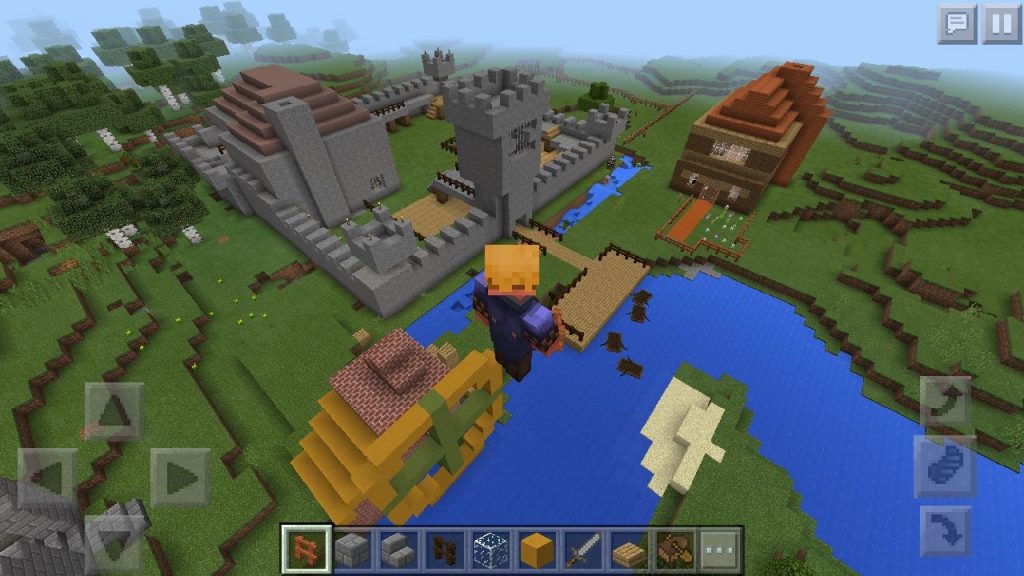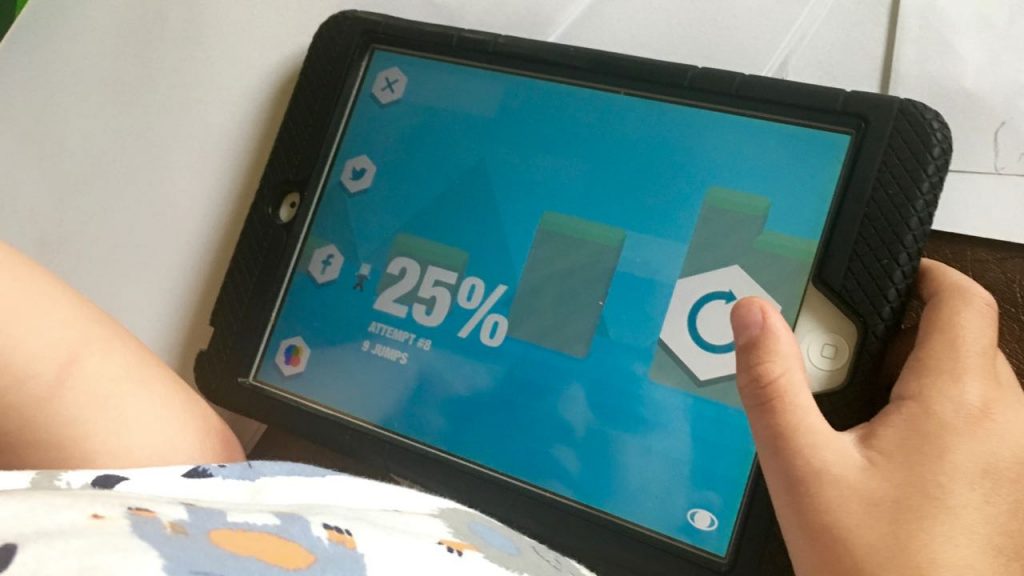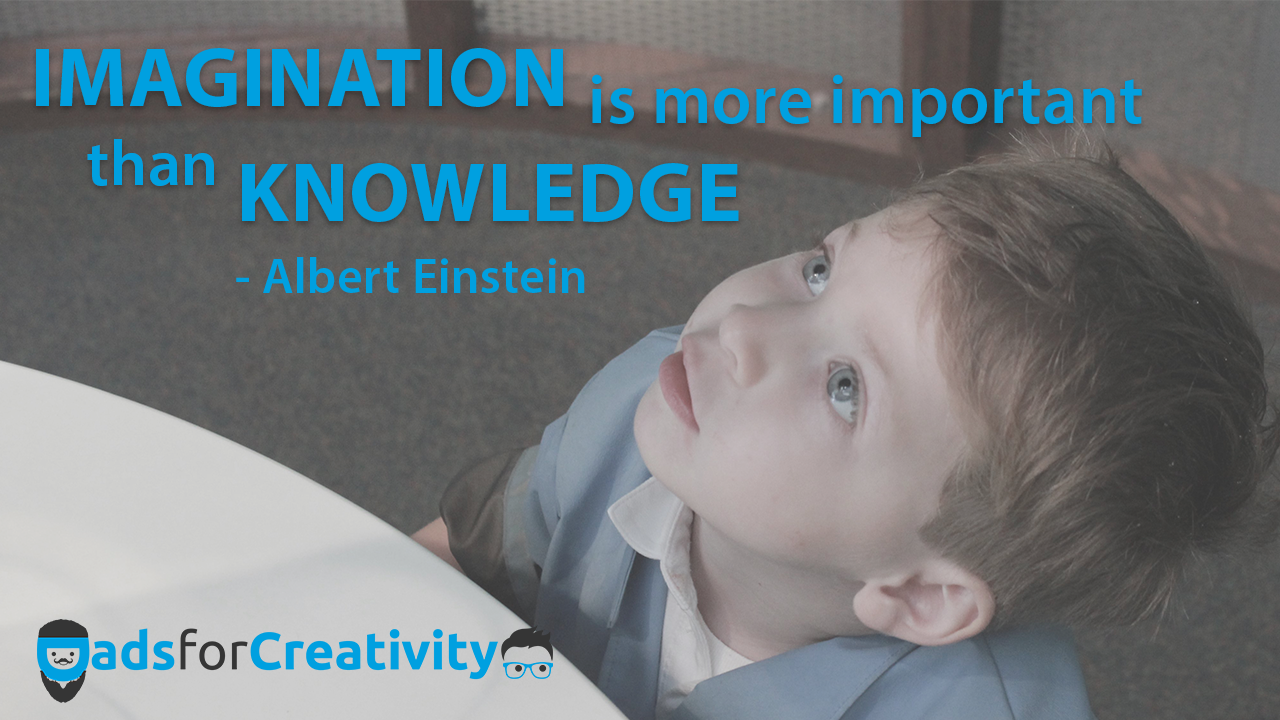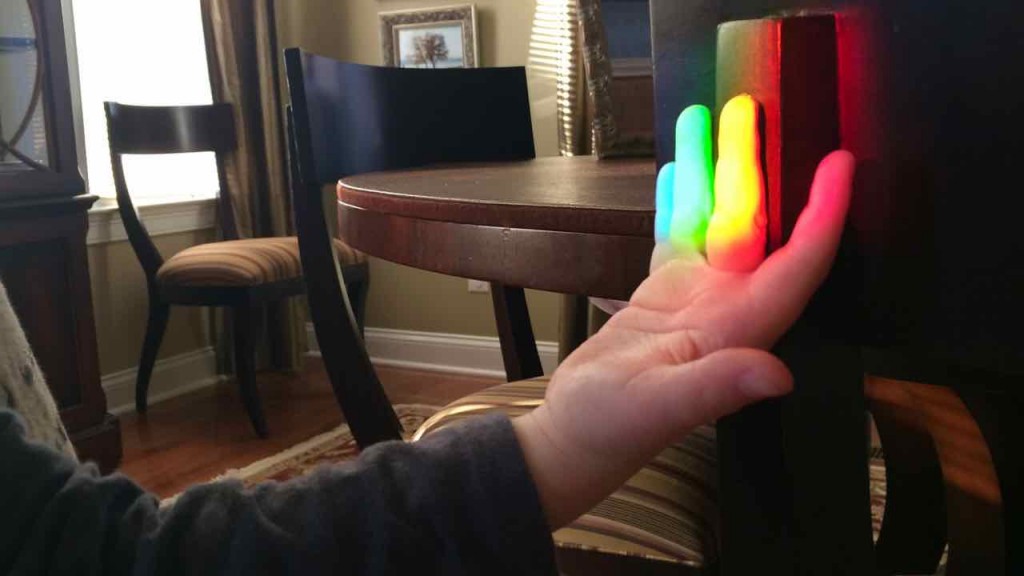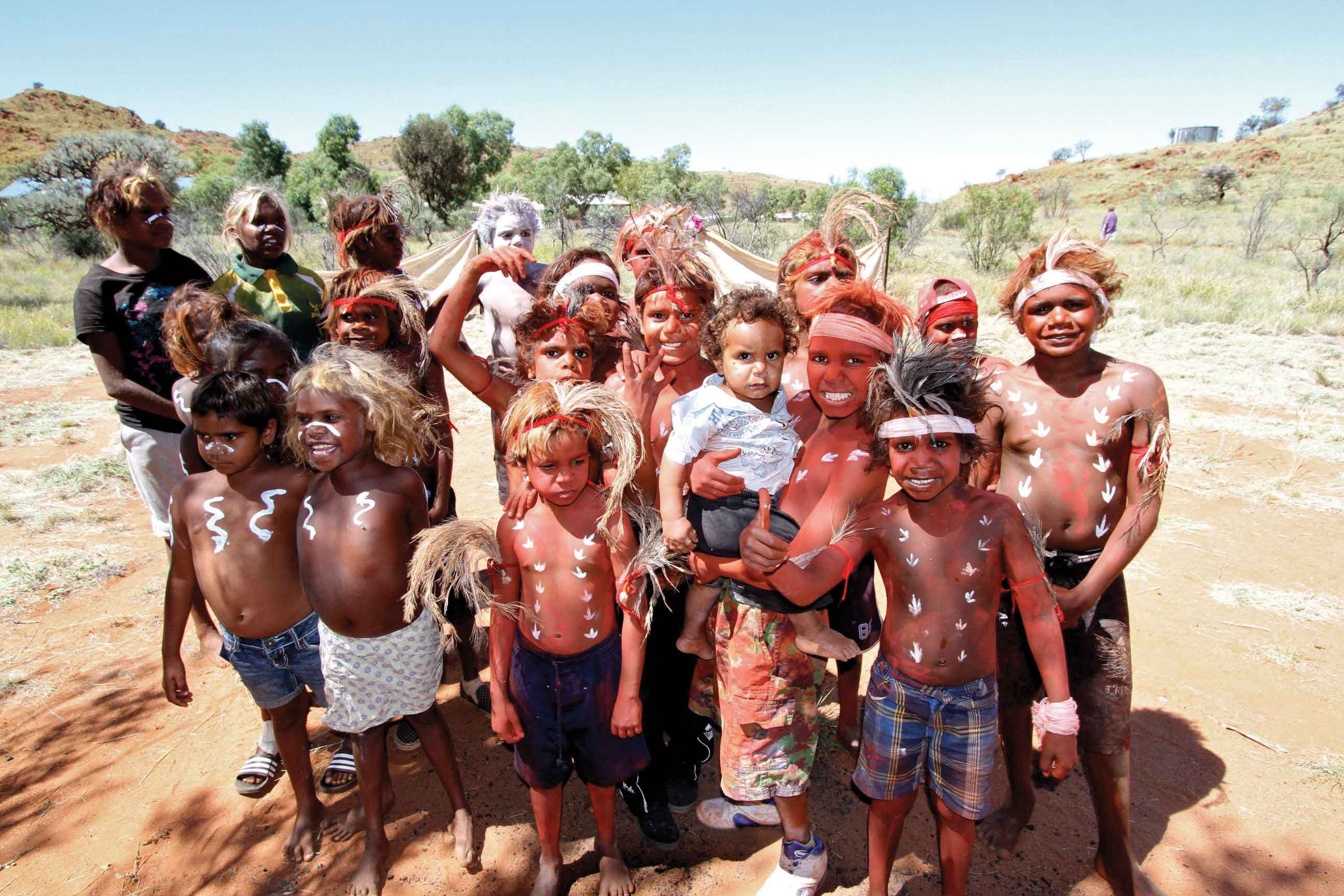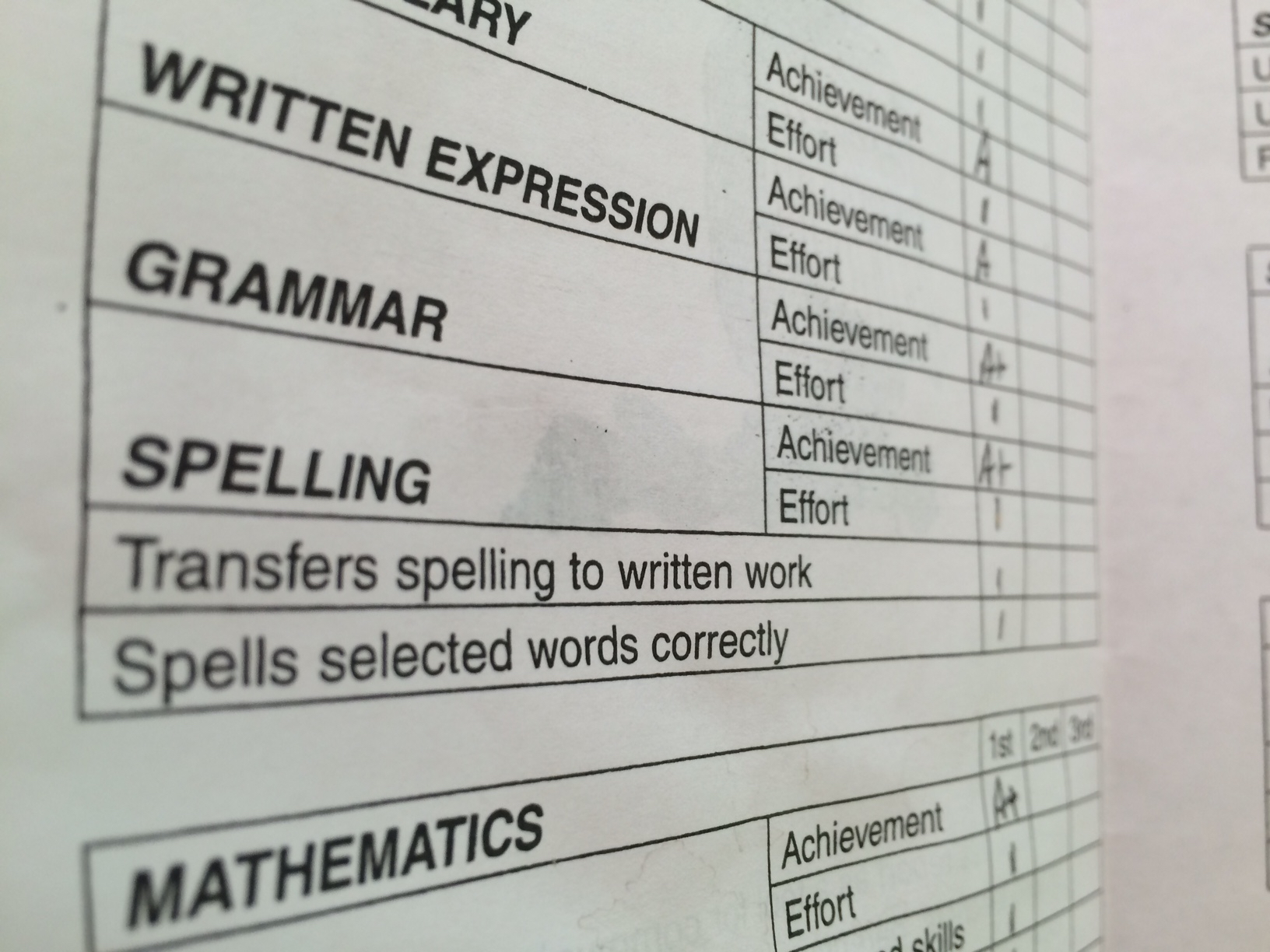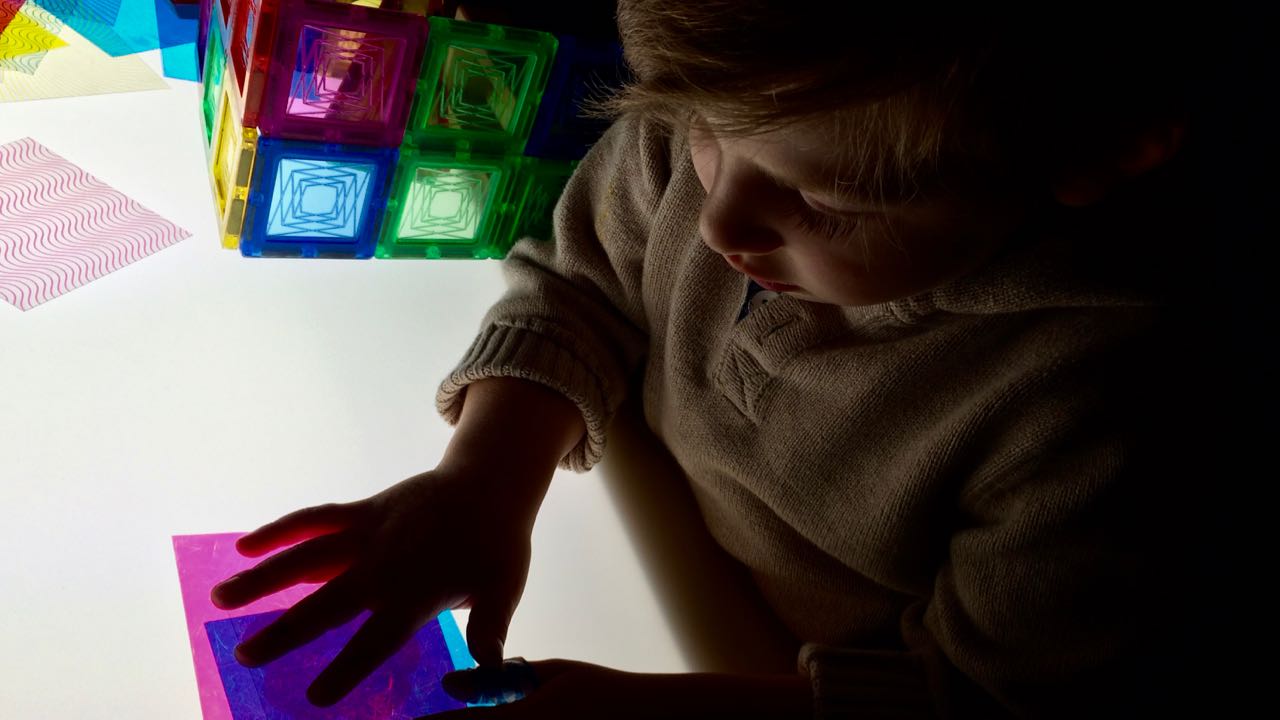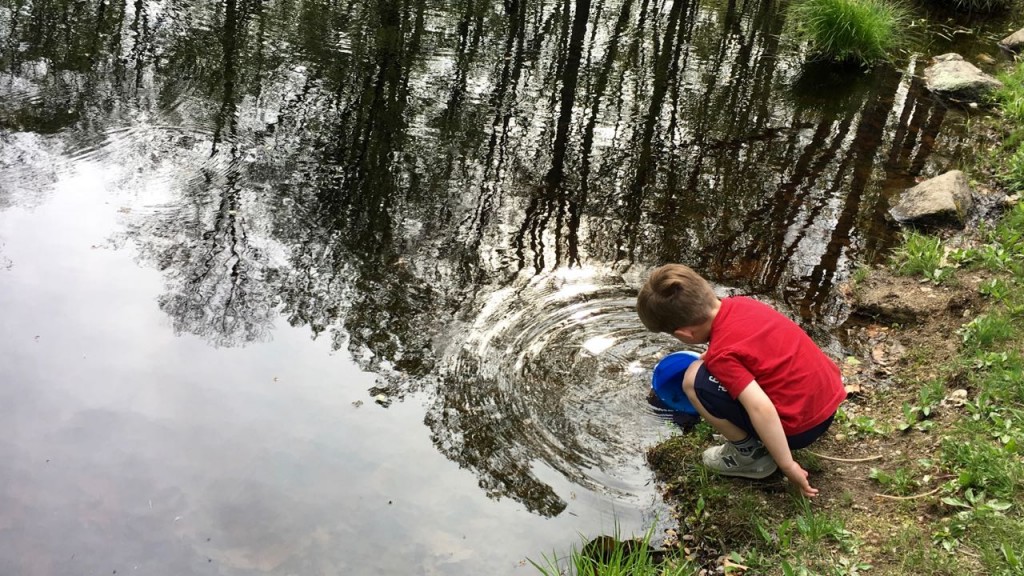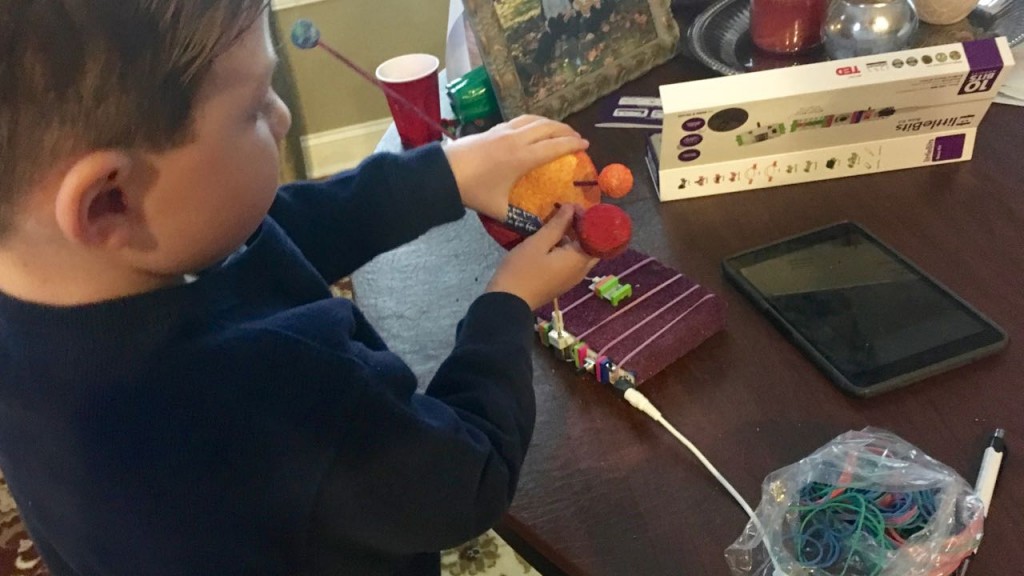I’m on my annual vacation to London, the place of my birth and a city that I consider to be fantastic – especially for day trips out with the family. As always I take advantage of the brilliant museums that are on offer for FREE! This year I decided to take my two eldest boys to the Imperial War Museum to see tanks, rockets, and one Harrier Jump Jet that is currently hanging from the ceiling – this blog article is about how parents might respond to the curious minds of our little ones, and what I wish I had known prior to my visit and talking to your children about War.
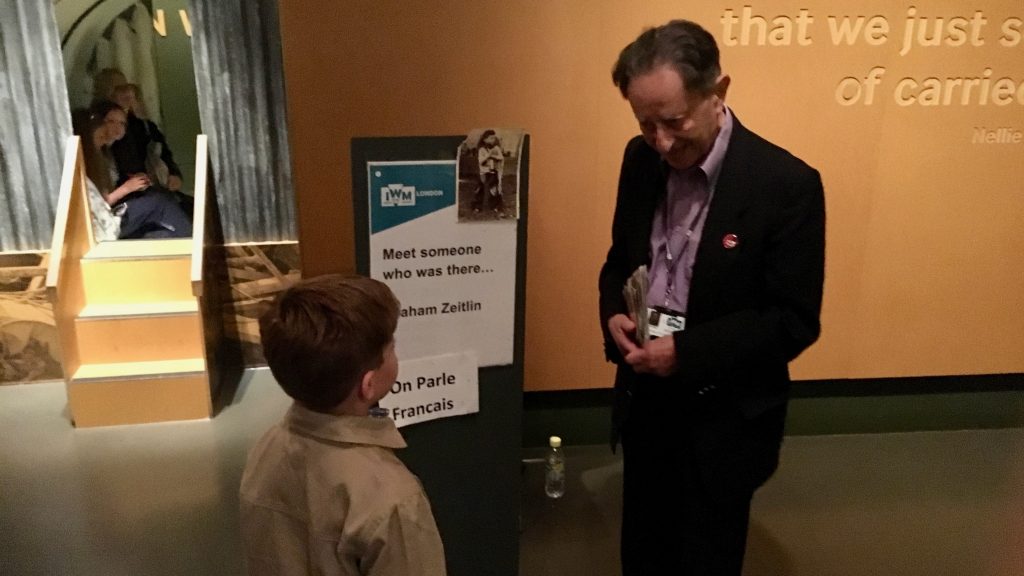
My eldest had the opportunity to speak with someone who lived during WWII. This was a wonderful addition to the trip and gave him an opportunity to ask about schooling and whether he still had presents on his birthday (the answer was yes – but only one).
The blitz on London, war shelters, bombs, and tanks – it doesn’t take long for the curious minds of our little one’s to begin asking questions and making connections…
Eldest: ‘oooh Daddy, what’s that?’
Daddy: ‘that’s a rocket’
Eldest: ‘And what’s that’
Daddy: ‘that’s a bomb shelter’
Eldest: ‘why did people need bomb shelters?’
It wasn’t long until the bigger questions came my way – ‘Why did people drop bombs on other people?’ ‘Did this kill people?’, ‘Who were the badies and why did they want to drop bombs on them?’ the latter was particularly challenging!

Don’t forget to Follow us on Facebook!
I wish I could say I responded to these questions successfully, but unfortunately I failed miserably and found myself encouraging more challenging questions that only dug deeper into the subject. After I returned home, I did some Googling on thought it would be nice to share some points I wish I had known prior to our visit.
See Also: Making Connections: ‘Daddy I need more input’
- Be Prepared, but don’t solicit – Given the media coverage of Syria or the occasional scaremongering that I think sometimes accompanies reports on North Korea or Iran, I think it’s helpful for parents to be prepared for some of the questions that might arise regarding War. One of the things I wish I had done was listen better, and respond to the question without expanding or introducing a topic. I probably introduced items that were too complex for a child of six. For example, I didn’t want my boy to perceive one particular country as the badie, so I found myself talking about the Nazi’s and this only confused him further. Ultimately, my desire to control the conversation meant that I didn’t afford myself the opportunity to see how he was processing the information and perceiving events from his perspective – and this is perhaps the main take away from my experience.
- Curious, Imaginative, and Sensitive Children will make connections – Making connections is a Creativity skill that we all value, but on this particular subject it will likely generate challenging questions. Again just be prepared and LISTEN more than you TALK. It’s important that we see ‘how’ and ‘what’ connections are being made with the information. We will then be more equipped to respond appropriately and avoid further confusion or untangle the weaves that they are making.
- Offer Love and Reassurance – When you engage in the conversation look them in the eye, get on their level, and offer them lots of hugs and kisses. If you feel the questions are getting too deep, I personally respond by saying ‘you’re too young to be worrying about these things’ but I always ask if he’s ok about me changing the subject and if he’s not I’ll take a few more questions.
I’m obviously still navigating through this topic so please feel free to offer some advice in the comments below. I also found a great article from the Guardian Newspaper that offers some suggestions on books/stories that help introduce the subject of war to children – or more specifically WWI.
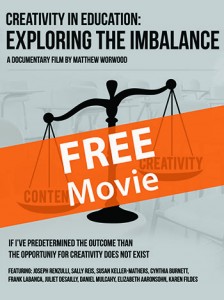 FREE FILM on Creativity in Education
FREE FILM on Creativity in Education
Creativity in Education: Exploring the Imbalance, is a documentary film that explores Creativity in education. The film is available on Amazon or can be access for free by simply commenting below or subscribing here.
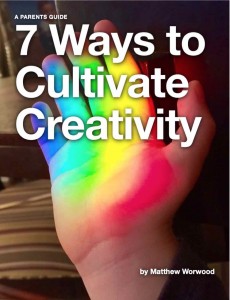 FREE BOOK on Cultivating Creativity
FREE BOOK on Cultivating Creativity
7 Ways to Cultivate Creativity is a FREE eBook for parents who want are looking for ideas on how to cultivate creative thinking skills at home. Subscribe here to download the book.
